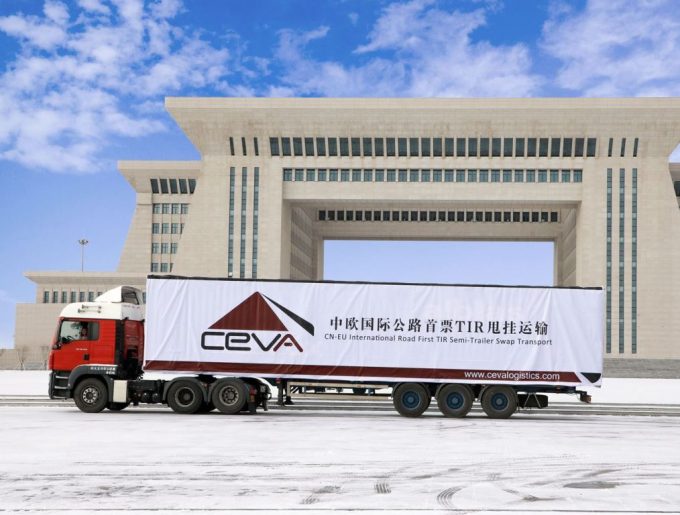Despite tariffs, EU will need Chinese electric vehicles to hit emissions target
Forwarders believe tariffs on China will not halt the growth of its electric vehicle (EV) ...

Ceva’s opening of a road freight service between China and Europe may have gained little attention – but it may well augur a transformation in the market for inter-continental freight transport.
In November 2018 Ceva started to offer its clients a road freight service between the dry port at Khorgos, on the border of China and Kazakstan, and Poland. The route taken was through Kazakhstan, Russia, Belarus and onto Poland.
The service started as a full truck load, but Ceva planned to introduce ...
Asia-USEC shippers to lose 42% capacity in a surge of blanked sailings
Why ROI is driving a shift to smart reefer containers
USTR fees will lead to 'complete destabilisation' of container shipping alliances
New USTR port fees threaten shipping and global supply chains, says Cosco
Outlook for container shipping 'more uncertain now than at the onset of Covid'
Transpac container service closures mount
DHL Express suspends non-de minimis B2C parcels to US consumers

Comment on this article
Olivier Martinot
October 24, 2019 at 1:49 pmWhat about CO2 emission ratio ?…..